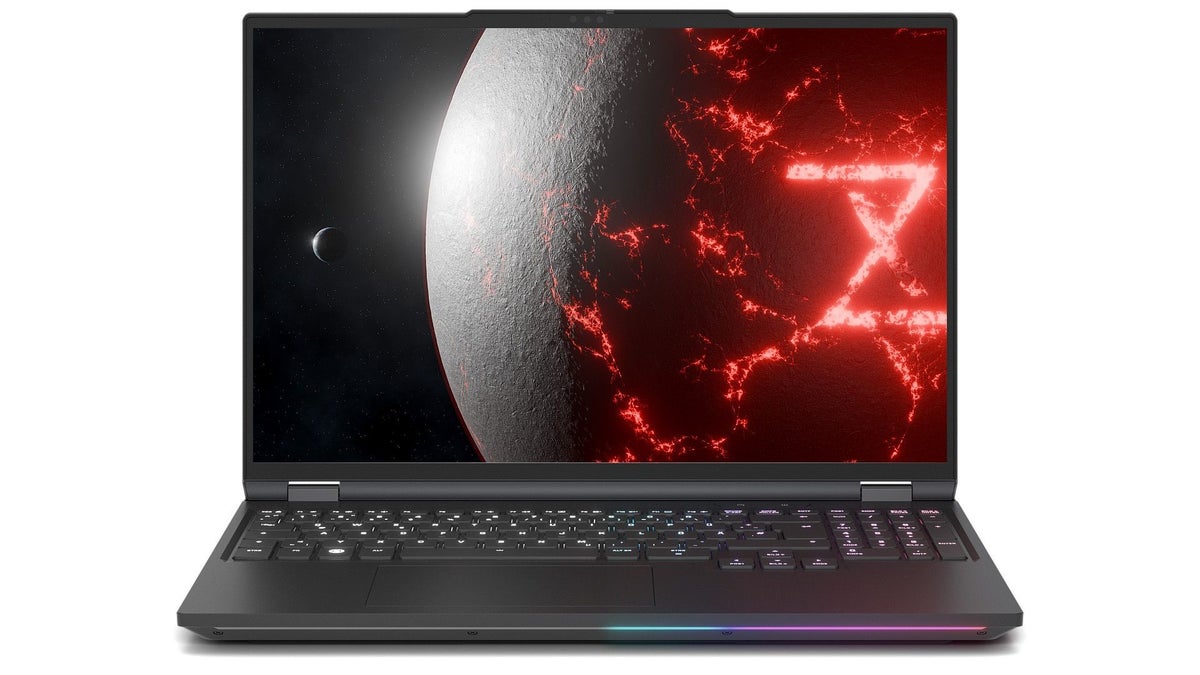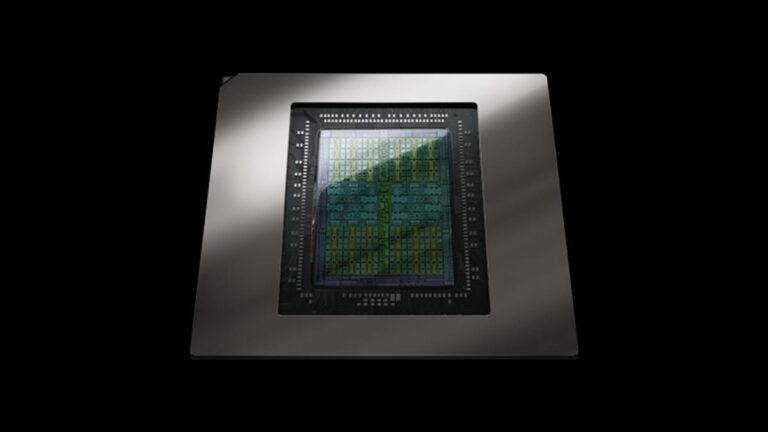96 GB of RAM and a price tag that exceeds $2,500: the Tuxedo Stellaris 16 now supports AMD processors
Today’s star is the Tuxedo Stellaris 16 (seventh generation), which was released a bit over a month ago, supporting Intel’s processors. Now, however, the Stellaris 16 arrives with the option to get paired with an AMD processor. I’ve always frowned at laptops that arrive with a single hardware option (be it CPU or something else), so having a wider array of options is certainly welcomed.
Potential buyers can pick the Ryzen 9 9955HX or the Ryzen 9 9955HX3D AMD CPUs. The 9955HX is a high-performance chip designed for demanding tasks, while the 9955HX3D adds 3D V-Cache technology, boosting gaming and creative workloads by increasing cache size for faster data access and improved efficiency in certain applications. So choose wisely.
Both processors have configurable TDPs ranging from 10 to 130 watts via the Tuxedo Control Center, allowing users to balance performance and power consumption based on their needs. TDP is the maximum amount of heat a processor or GPU is expected to generate under typical workloads, guiding the design of cooling solutions to keep the device running safely and efficiently.
On the GPU side, customers can choose between the Nvidia GeForce RTX 5070 Ti, RTX 5080, and the flagship RTX 5090. The RTX 5070 Ti provides strong performance for most gaming and professional tasks at a lower power consumption level, while the RTX 5080 delivers a notable step up in raw graphical power and ray tracing capabilities. The RTX 5090, meanwhile, is the most powerful option, suited for extreme gaming, 3D rendering, and other GPU-intensive workloads.
Personally, I’d go for the 5080, as I don’t need the maxed-out GPU variant: if I were into 3D rendering, I’d get it, but that’s not the case. So, unless you have some pretty specific needs, it’s probably not to spend too much money on the 5090 variant.

Image by Tuxedo
The Stellaris 16 features either a 16-inch LED or mini-LED display, both boasting a 2560 x 1600 resolution and a 300 Hz refresh rate. The mini-LED panel offers superior HDR brightness (up to 1000 cd/m²) and enhanced contrast with deeper blacks compared to traditional LED screens, thanks to its advanced backlighting technology. HDMI 2.1, DisplayPort 1.4, and USB 3.2 Gen 2 support allow for up to five simultaneous external displays, perfect for multitasking or creative setups.
If one gets the mini-LED display, they can expect a 2.8 kg device: this isn’t a laptop that’s going to win any slim-waist pageants, but instead, it’s meant for heavy duty.
Memory options are generous (to put it kindly), with support for up to 96 GB of DDR5 RAM at 5600 MHz across two slots, providing ample capacity for heavy multitasking or demanding software. Storage includes two M.2 2280 SSD slots supporting PCIe 5.0 and 4.0 for extremely fast read/write speeds.
Starting at €2,184 (~$2,574), the base model pairs the Ryzen 9 9955HX with an RTX 5070 Ti, 16 GB of RAM, a 500 GB SSD and an IPS display.






